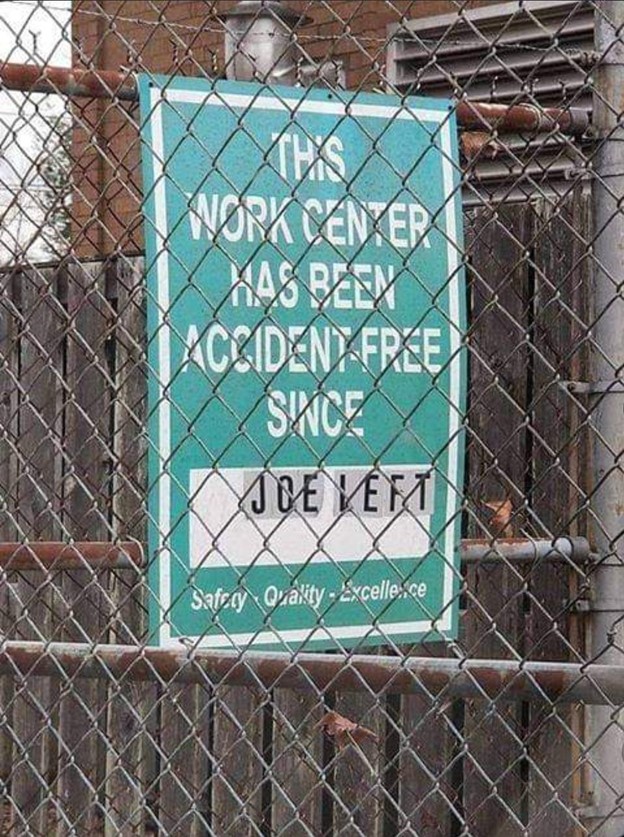Here are a few suggestions to help your clients develop a strategic framework to reduce work-related injuries and lower work comp costs.
- Does your client have an overall safety policy? If not, that’s the first place to start. Insurers may offer a sample safety policy, but OSHA and other state agencies may also offer sample policies. Of course, the insured must customize those policies to their workforce hazards. The next step is to ensure all employees have adequate training before the employer can enforce policies and procedures that promote a safe workplace.
- Employers should always orient new hires and provide continuous training. A 2012 study by Travelers found that more than one-third of work-related injuries occurred during an employee’s first year of employment. These injuries also account for more than one-third of the claims costs, per Travelers. This applies no matter the age or prior industry experience of the injured employee.
- Every organization should institute a well-defined program for accident reporting. During employee orientations and at least annually, employers should stress the importance of prompt reporting. As part of this program, find a local physician or urgent care clinic, and direct employees there first after any injury that doesn’t require emergency treatment. Many, many claims stall because supervisors “Can’t find the forms.” The longer it takes for the workers’ comp adjuster to contact the insured, the greater the likelihood the employee will seek legal counsel and claims costs climb?
- Develop and keep updated written job descriptions for each position within the organization. Include physical requirements of the job. For example, a clerical worker may occasionally lift up to twenty-five pounds. Make sure these definitions are current, however. Job descriptions often present an unrealistic picture of the job and make defending a compensability decision (whether the claim is work-related) more difficult.
- Institute a pre-employment physical evaluation program. With the help of your workers’ compensation carrier, locate a local doctor who can perform a thorough fitness-for-duty examination to ensure the applicant, once hired, can perform the essential job functions. Furnish the new-hire’s job description to that doctor.
- Each organization, no matter how few employees, should develop a return-to-work (modified duty) program that returns the injured employees to the workplace after an injury. If injured workers cannot perform their normal duties with accommodations such as help in lifting or needed rest breaks, bring employees in for safety training or clerical work until they can return to their normal duties. A modified duty program will reduce your client’s loss costs and send a clear message to employees: a work-related injury is not a vacation.
- Every organization should appoint a safety coordinator to assist risk administrators. This employee can review your losses and “near misses,” meet with supervisors to ensure the organization addresses the dangerous conditions or that employees are properly trained, and act as a conduit between line employees and managers to promote safety in the workplace.
- Larger organizations should form a safety committee of line employees, which reports to risk management. Front-line employees and certainly front-line supervisors are often best equipped to determine if accidents could have been prevented. They can also make valuable suggestions on how to prevent future occurrences.
- Simple safety reminders, like safety posters and clothing patches that announce safety recognitions, can help reduce injuries. Consider posting a sign detailing the number of days without a lost-time accident.
- Every organization should set a reasonable injury-reduction goal annually. For example, if a company lost 50 days in the last year to work injuries, this year try to reduce lost-time days by 20% or some other percentage. Promote this goal to help ensure employees buy into the plan, and reward employees when they meet that goal. The reward may be as simple as a free pizza lunch hosted by the employer’s managers, or a festive breakfast prepared and served by senior management.
The task of managing workers’ compensation risks may seem overwhelming. By breaking down the program into some manageable steps, your clients can make their workforces safer and lower their costs.

|










